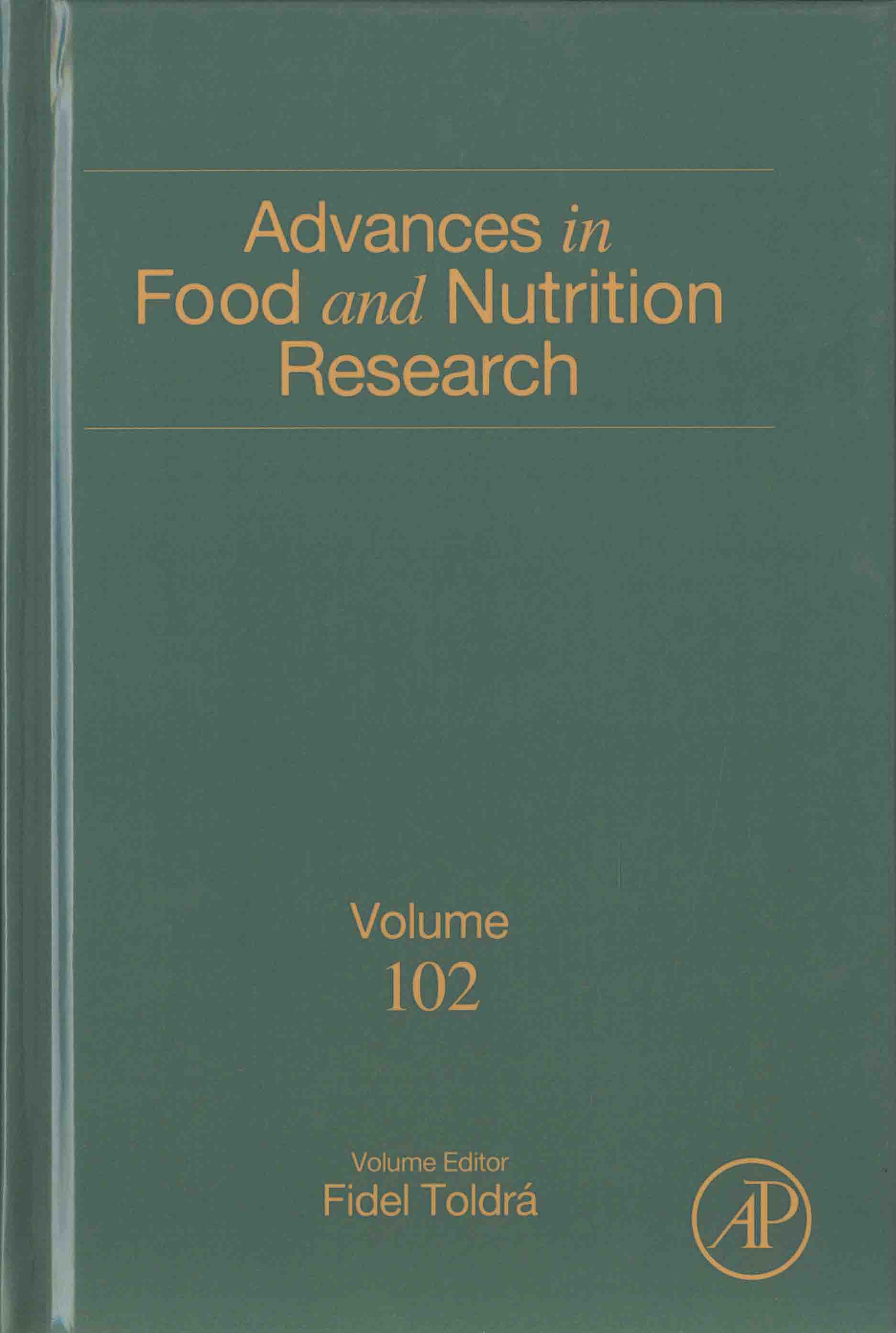 |
Advances in food and nutrition research. Volume 102 / edited by Fidel Toldra. -- Cambridge, MA: Academic Press, 2022. – (61.115/A244f/v.102) |
Contents
Contributors
Preface
1. Stability of polyphenols in food processing
1. Introduction
2. Methods to characterize the stability of polyphenols
3. Factors impacting the stability of polyphenols
4. Thermal processing affecting the stability of polyphenols
5. Effects of irradiation on the stability of polyphenols
6. Effects of fermentation on the stability of polyphenols
7. High pressure processing on the stability of polyphenols
8. Microwave processing affecting the stability of polyphenols
9. Drying processing affecting the stability of polyphenols
10. Available technologies on improving the stability of polyphenols in food processing
11. The mechanism and new products of polyphenols degradation during food processing
12. Conclusions and perspectives
Reference
2. Contribution of polysaccharides from crustacean in fermented food products
1. Introduction
2. Polysaccharides from crustacean as bioactive compounds
3. Functional properties of polysaccharides from crustacean
4. Application of polysaccharides on fermented foods
5. Impact of polysaccharides on pathogens and the bio-protective cultures in fermented foods
6. Future trends and challenges
7. Conclusion
References
3. Back to nature, microbial production of pigments and colorants for food use
1. Introduction
2. Carotenoids
3. Azaphilones
4. Anthraquinones
5. Phycobiliproteins
6. A focus on start-ups active in microbial pigments production
7. Conclusion
References
4. Recent advances in the development of healthier meat products
1. Introduction
2. Strategies to reduce sodium content in meat products
3. Strategies to reduce animal fat content in meat products
4. Strategies to improve the lipid profile of meat products
5. Strategies to reduce substances of safety concern in meat products
6. Conclusions
Acknowledgments
References
5. Food proteins in the regulation of blood glucose control
1. Introduction
2. Acute and long-term effects of food proteins on blood glucose control
3. Food proteins and blood glucose control: Health claims and marketing
4. Conclusion
References
6. Assessing food authenticity through protein and metabolic markers
1. Authenticity of food: General concepts and main issues
2. Food authentication approaches
3. Significant case stories of food authentication
4. Conclusions and future perspectives
References
Further reading
7. The impact of aromatic plant-derived bioactive compounds on seafood quality and safety
1. Introduction
2. Acquisition methods of plant-derived bioactive compounds
3. Characterization and sources of aromatic plant-derived bioactive compounds
4. Application methods of aromatic plant-derived bioactive compounds on seafood products
5. The anti-microbiological properties of aromatic plant-derived bioactive compounds on seafood products
6. The anti-oxidant properties of aromatic plant-derived bioactive compounds on seafood products
7. The health-promoting properties of aromatic plant-derived bioactive compounds
8. Other properties of aromatic plant-derived bioactive compounds applied on seafood
9. Limitations and future perspectives of aromatic plant-derived bioactive compounds
Acknowledgements
References